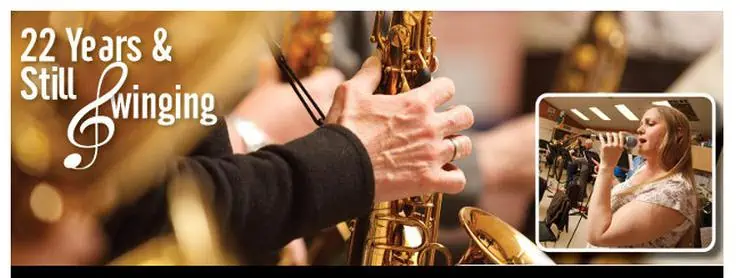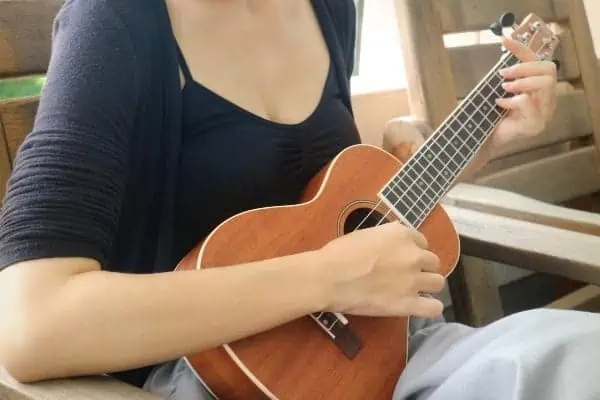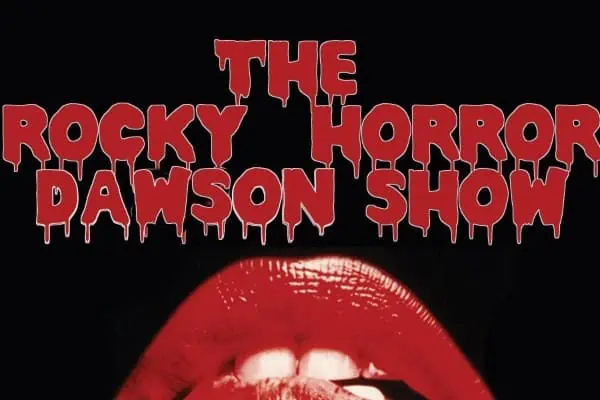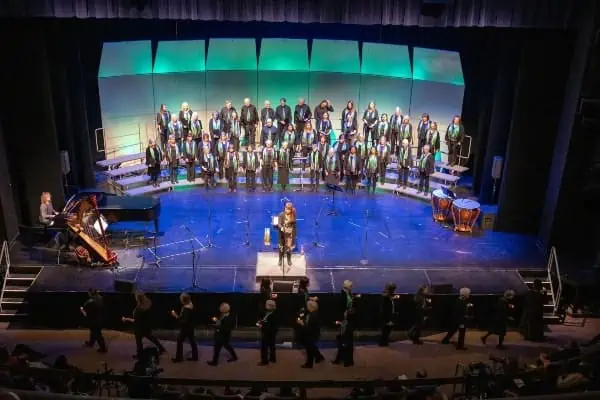
It’s the night after the Big Band’s annual Spring Swing event, and Nita Collins is relishing the memory of an evening that saw 40 couples take to the floor of the Mount Mac Recreation Centre.
“Those crowds are just fabulous to play for,” the group’s long-time manager says.
“They’re not interested in finding quiet corners to get away from the sound and chit-chat. They’re on the floor the whole night long, and they clap after every tune, they clap after the solos.
“They don’t leave the floor when the night’s over; they stand there and clap until you pick another tune to play.”
So what is it about a style of music that goes back almost 80 years (and some of it written long before the Swing Era of the 1930s and ’40s) that still appeals to modern audiences?
Nita’s husband, Kelly Collins, has served as musical director off and on for more than half the band’s 22-year life span. He sums it up succinctly.
“It’s good stuff and it’s going to hang on, as far as I’m concerned,” he says.
“Starting in the big band era and onwards, that music just won’t go away, and there’s a reason for that.”
“The people who come are coming because they want to dance to live swing, live dance band music,” Nita adds.
But what about the musicians themselves?
Most, like Kelly and Nita, had played in high school or university bands, but may have drifted away for awhile.
Kelly hadn’t played for about seven years by the time Nita spotted a newspaper item that Henry Klassen was looking for experienced players for a swing band to provide entertainment at a Circumpolar Health Conference in 1990.
“It was actually the kind of music that I grew up with. I studied music in university and played with big bands there. It’s what I liked to do, and I’ve always loved the Swing Era music, so it was right up my alley,” he says.
Nita urged him to dust off his neglected alto saxophone and try out.
“So I got the music and practised up and auditioned, and ended up with a part,” Kelly explains.
“A lot of us were very rusty, but we did have a bit of the background, so we knew what it was supposed to sound like, knew how the big bands worked, how the format worked, and we could read the parts, so it wasn’t that big of a chore to get the chops back in shape again,” he recalls.
“We rehearsed probably for a couple or three months, and then we did the gig in May, and just came to the consensus that we would just stay together, because it was too much fun.”
Nita had majored in the clarinet at university, but had never played saxophone before she joined the band about seven years later.
“Then the ‘bari’ player moved away and they were short a baritone sax player, and I thought maybe I could learn the bari, because the fingerings are pretty similar to the clarinet,” she says.
Although some members of the group play professional engagements from time to time, being in the Big Band is a labour of love, and players provide their own instruments.
Any money raised from performance fees or honoraria for playing at weddings, corporate events or music festivals, goes toward buying new music. So does the revenue from the spring dance.
“We don’t make any profit, but we make enough to keep our heads above water, and bring in the music on a regular basis, that kind of thing,” says Kelly.
Band members also donate their time and talents playing dances to raise funds for other organizations, such as the All-City Band Society, school music programs and the Chickadees Preschool.
Since its inception, the band has averaged about six shows a year, including performances in Watson Lake, Dawson City and Atlin, B.C.
It was the opening act every year for the popular Alsek Music Festival, which began in 1992, but is no longer on the summer music calendar.
“We loved it,” says Nita.
“We opened it, because we were so big that they would set up for the large group first, then they could just tear three quarters of it off and have it for the rest of the festival. So we were always first on, just for logistics. But we really miss that.”
Another regular gig for the group is a performance at Arts in the Park, usually in June, so that band members can take the summer off.
The standard configuration for the Big Band is about 18 members, sometimes more, sometime less, depending on who is available. Right now, Nita says, they’re short of trombone players and are also looking for a rhythm guitar player.
In addition to performing, the volunteer commitment includes keeping on top of an ever-expanding repertoire of music that includes swing, Latin, show tunes and pop songs arranged for the big-band sound, fusion and some contemporary, experimental numbers.
It represents a big time commitment for people with regular day jobs.
p style=’margin-bottom:.5pc’>”It’s regular as clockwork. Every Monday night we’re out, and the attendance is always good,” Kelly says.
“For that many years and that many people, to get people showing up regularly, has got to say something for everybody’s enjoyment level.”
As for the musical director himself, “It’s been a large part of my social life, over 20 years. I think a lot of the band folks would say the same thing.”
Besides providing a social and creative outlet for its members, Nita says the Big Band also plays an important role in the community.
“We bring a lot of joy to people. We bring people of all ages together. Some of our family dances, we have people on the floor with infants in arms dancing, and their grandparents and great-grandparents right beside them,” she says.
“I think stuff like this is sometimes the glue that holds a community together—that everybody can go out and enjoy a good evening, a wholesome evening.”




